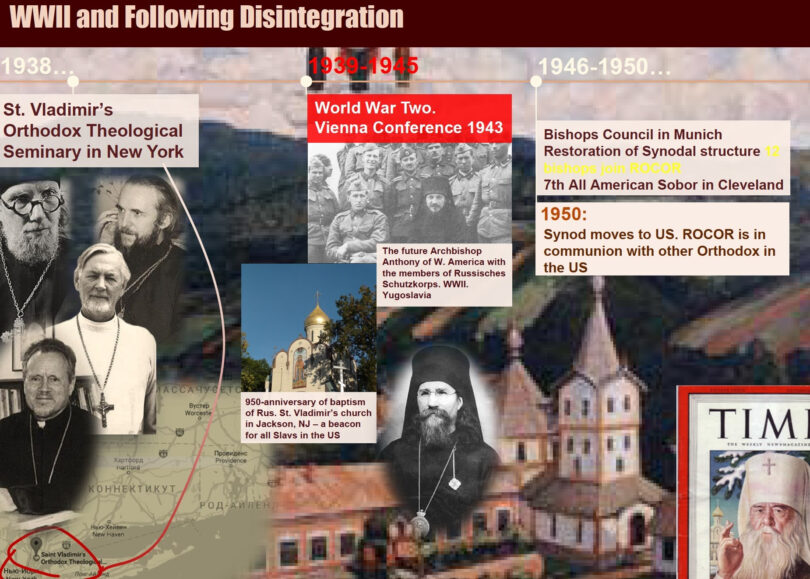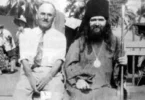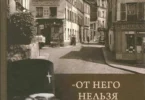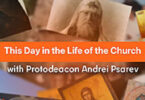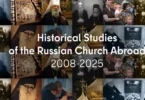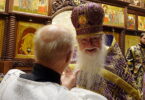Archbishop Vitaly (Maximenko) of Eastern America and New York passed away on this day in 1960.
It is not conventional in monastic culture to show emotion and even more so to speak critically about one’s neighbor, especially superiors. However, it is still possible to understand where a person’s heart is. Whenever I spoke to the members of the old brotherhood of Holy Trinity Monastery about Vladyka Vitaly, it was clear that they felt a lot of admiration for their “Abba.”
I never really asked why they felt this way. I guess the stories they told often spoke for themselves. In the words of Archimandrite Flor (Vanko, + 2012):
“It was sometime in 1950. There was a seminarian from Tehran who engaged in Hindu practices (yoga?). Archbishop Vitaly worried about him, and came to him, that he might not be lost. It was important for him to keep the person, and not simply say, ‘Well go away and do as you like.’ He was always available; you could come to him just to talk.”
It seems that on the one hand, Archbishop Vitaly had strong leadership qualities. At the recent conference in Rome dedicated to the centennial of the monastery in Ladomirová, I learned from a talk by Fr. Peter Soroka about how Fr. Vitaly arrived to Svidnik in East Slovakia and just started to serve there alone against all odds. On the other hand, this determination did not translate into hunger for power. When, in 1946, the North American Metropolitan District ceased its subordination to the Russian Church Abroad, which in turn lost the canonical protection of the Serbian Patriarchate, Vladyka strove as much as he could to preserve the ecclesiastical peace.
However, historical portrait requires that a person’s shortcomings also be mentioned. I believe that it would have been better for Archimandrite Vitaly not to make general statements about “Jewish trickery” during his tenure in Volhynia, or to appeal to President Roosevelt during World War II along with the Aufbau Vereinigungmember Boris Brazol against providing American help to the Soviet Union via the Lend-Lease Act.
Nevertheless, we should not let such things tarnish our portrait of Archbishop Vitaly. If I had to name one thing as standing for Archbishop Vitaly’s legacy, I would point to his emphasis on the significance of Holy Prince Vladimir as a common point of identity for all people of Slavic background originating from what was known as Kievan Rus. This vision was connected with the celebration of the 950th anniversary of baptism of Rus in 1938, which realized in two landmarks: St. Vladimir’s Memorial Church in Jackson, NJ, and St. Vladimir’s Orthodox Theological Seminary in Yonkers, NY.
Relevant Resources in Historical Studies of the Russian Church Abroad:
Deacon Andrei Psarev, “Archbishop Vitaly (Maximenko). An Historical Portrait on the Occasion of the 50th Anniversary of His Repose.”
“The Bishop Council of Bishops of the North American Metropolia.”
Seth Davidenko, “Archbishop Vitaly Maximenko and the North American Metropolia: Based on His Correspondence.”

